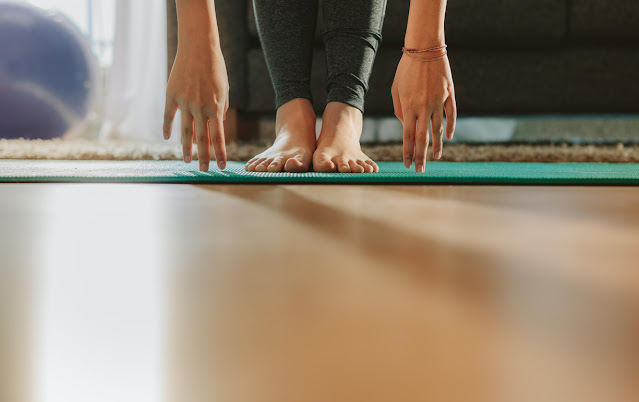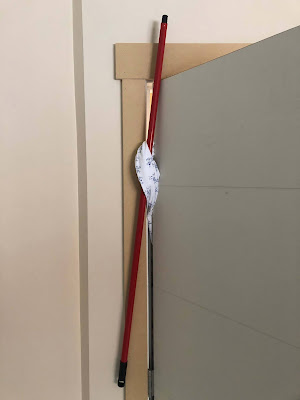Home Alternatives for Gym Equipment
by Adam Toffan, M.Sc, NSCA-CSCS, CSEP-CEP Assistant Fitness Training and Assessment Coordinator, Recreation Services at the University of Manitoba
With fitness facilities still closed, many people have lost access to exercise equipment. Suffice it to say, developing a workout sans equipment can be quite overwhelming. This week, I will be highlighting alternatives to common gym machines or free-weight exercises that allow you to exercise all the major muscle groups without using gym equipment. We made a document that packages these examples into one full-body workout for you to try at home.
Chest
The first thing to consider when choosing an alternative exercise is the movements you’re doing and the muscles being worked. In the chest press, you have a few primary movements happening. Elbow extension (working the triceps) and horizontal adduction of the shoulder (working the pectoralis and anterior deltoid). This is probably one of the most intuitive exercises to replace, as many of you have probably already thought of the push-up. If so, you are correct. However, depending on your strength levels and desired training goal, you may need to use a variation. If you change your body angle to an incline or decline by elevating the hands or feet, it allows you to change the target muscles and the difficulty of the movement. This allows you to simulate a decline and incline chest press as well.
Upper Back
The back is perhaps the hardest muscle group to work without gym equipment. You may need to get creative. The back has a few muscle groups we need to look at. The lats are our back’s biggest muscle. A traditional exercise for this muscle is the seated row. If you have a post or bannister, you can use a towel as a handle and perform various pulls depending on hand and arm placement. Another option is using a door with a stick between a sheet to keep it from sliding out. I also recommend putting the sheet around the hinge and using the door side that allows it to open away from you if it doesn’t close all the way. Test it slowly before applying all your weight.
Lower Back
The lower back consists of stabilizer muscles that are important for core strength and helps protect the spine. The back extension is the exercise I want to highlight for this muscle group. Like the face pull, you need to hang over something; however, more of your body is hanging over the edge, so you will need your feet anchored to not fall over. A stability ball or ottoman are good options you may have around the home.
Legs
The legs have many variations of traditional exercises that can be done without equipment. One common issue, however, is that legs are generally stronger than upper body muscles. It’s sometimes harder to load them appropriately. One strategy is to move to unilateral exercises, such as lunges or step-ups. If that isn’t enough, you may need to find something around your home, such as jugs, backpacks or even children, to provide additional resistance.
If you have a ball, you can use this for hamstring curls by placing your heels on the ball and rolling it towards your body. However, if you don’t have a stability ball, you can also use a towel and a smooth floor, as shown here. Regardless of which version you use, be sure to keep pushing down with your heels throughout the range of motion.
I hope this gives you a good starting point and gets your creative juices flowing so you can find potential alternatives around your own home. We will put all these movements in action for Wednesday’s workout.






Certified personal trainer for back pain lexington I would like to say that this blog really convinced me to do it! Thanks, very good post.
ReplyDeletethis is an excellent post I got a lot of knowledge after reading good luck.
ReplyDeletepersonal trainer boca raton